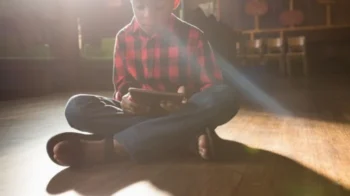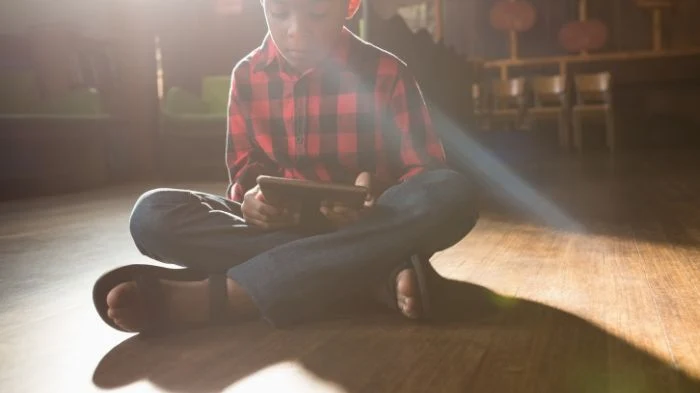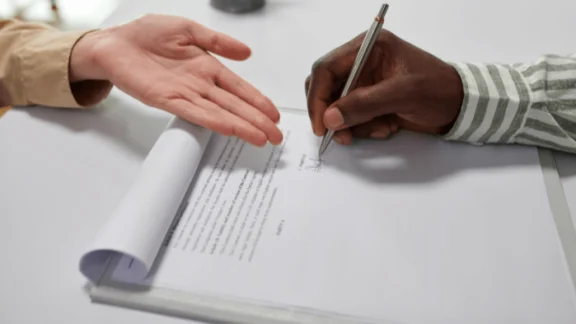In the UK, a child may be removed from their home by the police if they are considered to be at significant risk of harm. If this happens, they may either be taken into temporary care or placed with a foster carer or relatives for up to 72 hours. If there are still serious concerns for the child’s immediate safety and welfare, social services may apply to a court for an Emergency Child Protection Order, which can last up to 15 days (an initial 8 days followed by a possible extension of 7 days). If, following further investigation, the risk to the child is then assessed to be non-urgent, the Local Authority overseeing the matter may apply for either a Supervision Order, an Interim Care Order or a Care Order from the courts. The courts will then make a decision as to what should happen next: return the child to their home, determine whether changes are needed, or decide whether they should be removed permanently. If a Care Order is made by the court, you will need to wait for at least 6 months before you can apply to discharge a Care Order (i.e. cancelled by the court).
If your child has been taken into care by social services, we can help you. Please speak to a family law solicitor who will assess the details of your case and recommend the best way forward to win them back from social services.
A guide to getting your child back from social services in the UK
To get your child back from social services in the UK, you will need to work with the Local Authority overseeing the matter and seek legal support to resolve the issues that led to the child being removed. Demonstrating to the courts that the underlying issues that led to your child being taken into care by social services is essential in ensuring their return to you.
The key steps involved in getting your child back from social services include:
- Understanding the reasons why your child was taken into care by social services
- Comply with the Care Plan provided to you
- Comply with any Court Order issued
- Demonstrating commitment and progress
- Requesting a review of the case
- Apply to discharge the Care Order
- Attend the court hearing
Due to the length, complexity, and emotional toll of going through the legal process of having your child returned to your care, it is highly recommended to seek support from a family law solicitor who specialises in child care matters. We will guide you and your family through the process of winning your child back from social services from end to end, ultimately ensuring that your child is returned to your home where they belong.
Understanding the reasons why your child was taken into care by social services
Without understanding the reasons why your child was taken into care, you cannot take the necessary steps to demonstrate that you have resolved them. It is important not to assume anything. Read the documents provided to you or speak to social services to understand the basis of your child’s removal from your care.
Comply with the Care Plan provided to you
When your child was removed, social services should have provided you with a copy of a Care Plan (or Permanence Plan). This will explain where your child has been placed, including any contact arrangements. It is important that you abide by any arrangements within the Care Plan and demonstrate that you are cooperating with social services at all times.
Comply with any Court Order issued
It is essential that you cooperate with social services and stay within the law at all times. Breaching a Care Order, Supervision Order, Interim Care Order, Emergency Care Order, or any other type of court order is a serious offence that can result in a fine, community service, or even imprisonment for contempt of court. It will also almost certainly make it harder for you to make a successful argument that your child should be returned to your care.
Demonstrating commitment and progress
When deciding whether your child can be returned to you by social services, the judge deciding your matter will want to see that you have demonstrated a strong commitment and progress in overcoming the issues that led to your child being taken into care. This may include, for example, showing that you have found a new, safe place to live or have made serious and sustainable efforts to overcome substance abuse. To do this, the Children and Family Court Advisory and Support Service (CAFCASS) will work with you to assess how you are progressing.
Requesting a review of the case
To start the process of having your child returned to your care, you may need to request a review of your case. This will ensure that any changes you have made to improve your situation and make your home more suitable for your child to return to are identified before you apply to have the Care Order discharged.
Apply to discharge the Care Order
When you have completed the above steps, you can apply to the court to have the Care, Supervision, or Interim Order discharged. To do this, form C110A must be completed and submitted to the relevant court. Your family law solicitor will handle all of this for you, ensuring that the form is completed correctly and the necessary supporting evidence is provided.
Attend any court hearing
Once the court receives your completed C110A form, they will arrange for a court hearing to decide whether the Care Order currently in place should be discharged, allowing your child to be returned to your care. It is essential that you attend any court hearings arranged at the correct date/time, and cooperate fully with the judge during the proceedings at all times.





